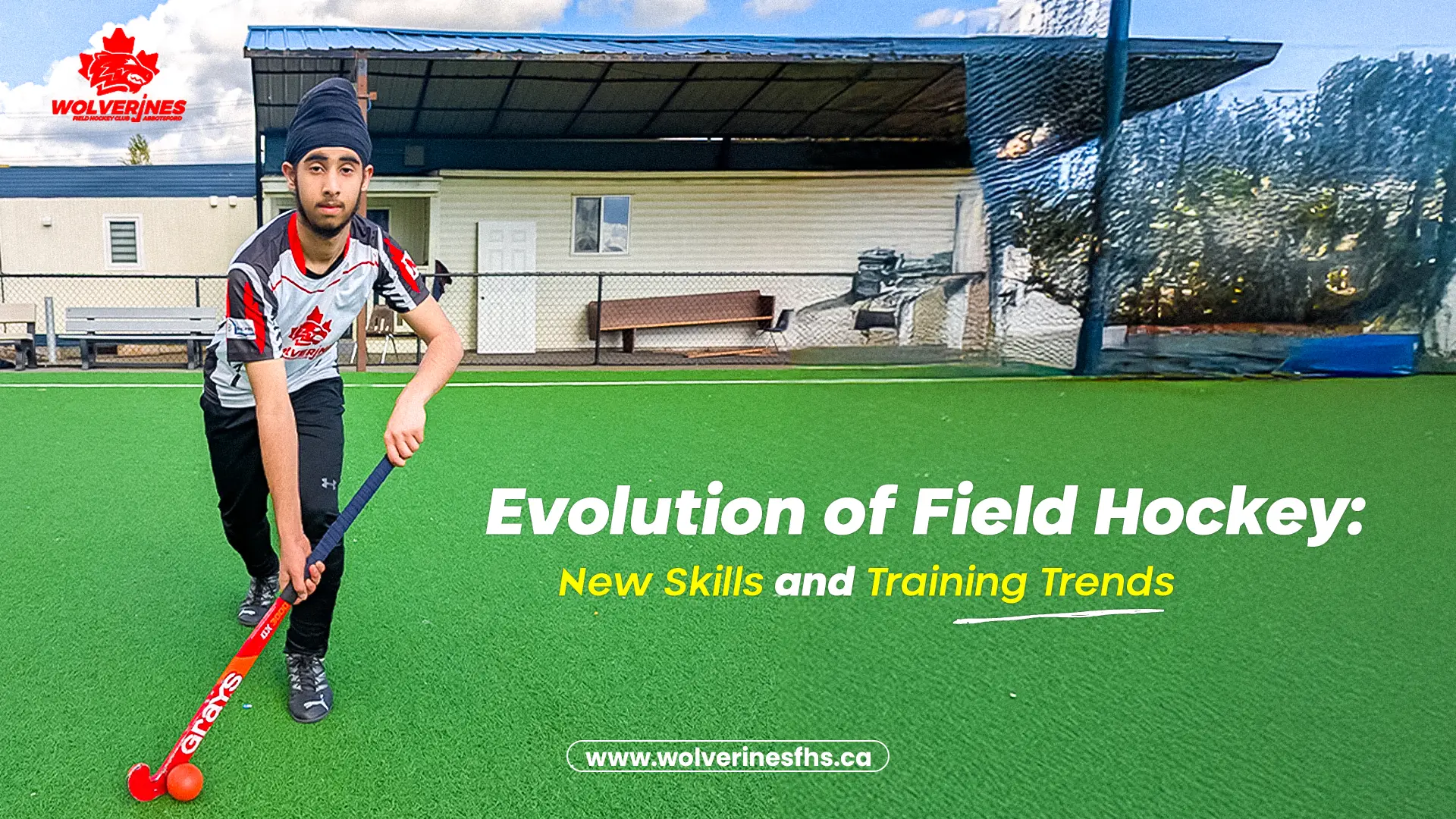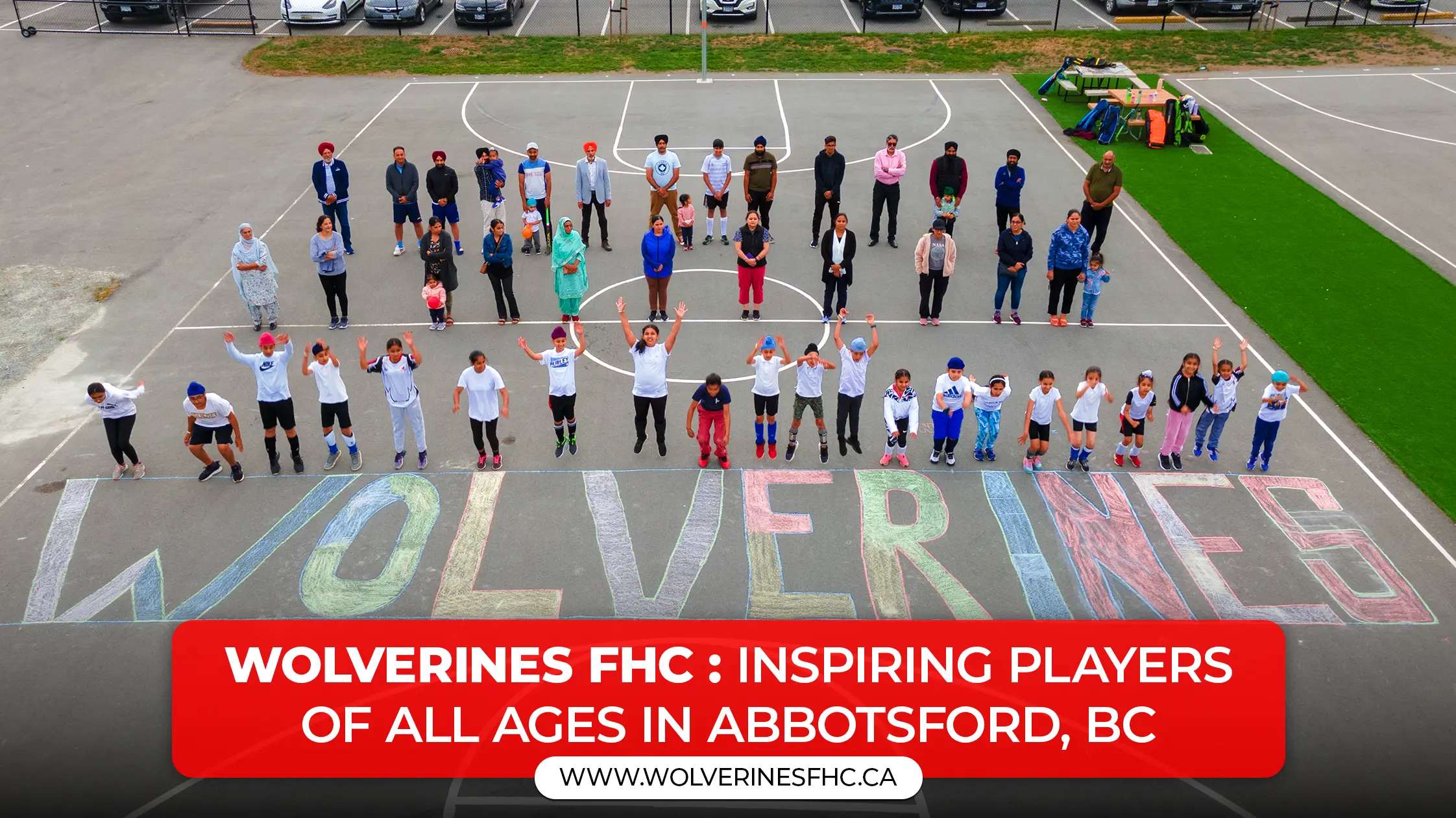Field hockey, a sport filled with tradition and lightning speed action, has witnessed a sea change in the past decades. The grass pitch has given way to artificial turf, and the wooden stick has been substituted by high-tech composites. Along with this transformation came a change in the level of skill and training required to succeed in the game. In this blog, here, we address the newer trends of field hockey technique and methods of training that are revolutionizing the game.
The New Field Hockey Scenario
Field hockey of today is faster, tactically astute, and extremely competitive. Those days are gone when natural ability would guarantee success. Today’s top players are the result of high-tech skill acquisition, state-of-the-art training, and effective use of technology. Since the game is becoming increasingly popular on the international front, players and coaches are seeking to implement new methods to remain ahead.
New Skills in Field HockeY
1. 3D Skills and Air Dribbling
The most obvious of all the innovations in field hockey is the dominance of 3D skills. These are taking the ball from the ground just slightly to pass among players. Aerial dribbling is not just thrilling to look at but also offers scoring opportunities in tight spaces.
2. Reverse Stick Skill
Reverse and pass stick are fast becoming parts of any player’s arsenal. Both allow dictatorial, cunning playmaking which can beat the strongest defense. Coaches these days value ambidextrous stick work right at a tender age.
3. Penalty Corner Experts and Drag Flickers
The drag flick is also one of the big scoring techniques, especially at penalty corners. Drag flickers are specifically trained for strength and timing to be effective in this power-producing skill.
4. Rapid Transitions and Counterattacks
Rapid transition to attack is a game-changer. Rapid breaks and counterattacks are now trained in teams with emphasis on vision, positioning, and correct passing.
New Age Training Methods
1. Video Analysis and Performance Monitoring
Technology has left its mark on the field hockey pitch in a big way. Video analysis software is employed to help players as well as coaches review games and training sessions for feedback and correction on specific issues.
2. Virtual Reality (VR) Training
Virtual reality is catching up fast in the form of field hockey practice. VR simulates actual games, decision-making, and reactions in controlled settings.
3. Functional Fitness and Position-Specific Conditioning
Schemes of training are no longer generic. Midfielder training will be quite different from the goalkeeper, with emphasis being placed on the most used muscles and movements needed in his position.
4. Sports Psychology and Mental SkillS
Mental toughness is now being looked at as important as physical fitness. Visualization, concentration training, and stress management techniques are now being included in training schemes to develop well-rounded players.
Youth Development and Grassroots Innovation
Junior programs also evolve to place greater emphasis on creativity. Children learn basic skills of the sport in the guise of fun and exciting drills through small-sided games that encourage imagination and activity. Talent spotting becomes more scientific in methodology, employing statistics and measures of performance to spot talent early.
The Role of Coaches and Analytics
Trainers are no longer motivators but technology consumers, skill enhancers, and data interpreters. They can monitor workload, pace, heart rate, and lots more via GPS tracking and analysis software to create training and prevent injuries.
Global Reach and Increasing Demand
The global popularity of field hockey is increasing even more with countries now investing in professional leagues, coaching development, and training centers. Therefore, the standard of the game is increasing, and new talent is coming from all around the world.
Conclusion
The evolution of field hockey is a testament to the sport’s versatility and global popularity. New-age abilities, new paradigms in training, and worldwide spurt in popularity, field hockey is on a revolutionary spurt. Amateur or sporting phenomenon, one has to stay in touch with developments to touch the summit of success. In the coming times, it will be technology fusion and heritage that will take the game to dizzying heights.
Frequently Asked Question
1. What are new field hockey skills?
The most excellent skills are 3D dribbling, reverse stick skill, drag flick, and quick change of direction. Mastering these skills will significantly improve your game.
2. How do beginners master advanced field hockey skills?
Start from teaching beginners first basics, then practice advanced moves in a slow, step-wise process. Learning through coaching with a coach or video tutorials will accelerate learning.
3. What role does technology play to advance field hockey training?
Technology assists modern training by enabling the player to observe and learn through video analysis, virtual reality simulations, and use of performance monitor equipment.
4. Is mental skill important for field hockey?
Mental resilience, focus, and self-belief are all of the utmost importance under pressure. More teams are now using sports psychology in practice.
5. How much training must players do in order to be competitive at field hockey?
Competitive players must train 4-6 times a week, with a combination of skill, conditioning, and tactical performance. Recovery, and also mental preparation, is part of the package.



